Away from the bustling crowds of Cusco and Machu Picchu, untouched by any grand promotion, lies one of the world’s top ten hiking trails. After exploring various corners of Peru, I’ve come to realize that this is the one place in Peru truly worth traveling thousands of miles to experience.
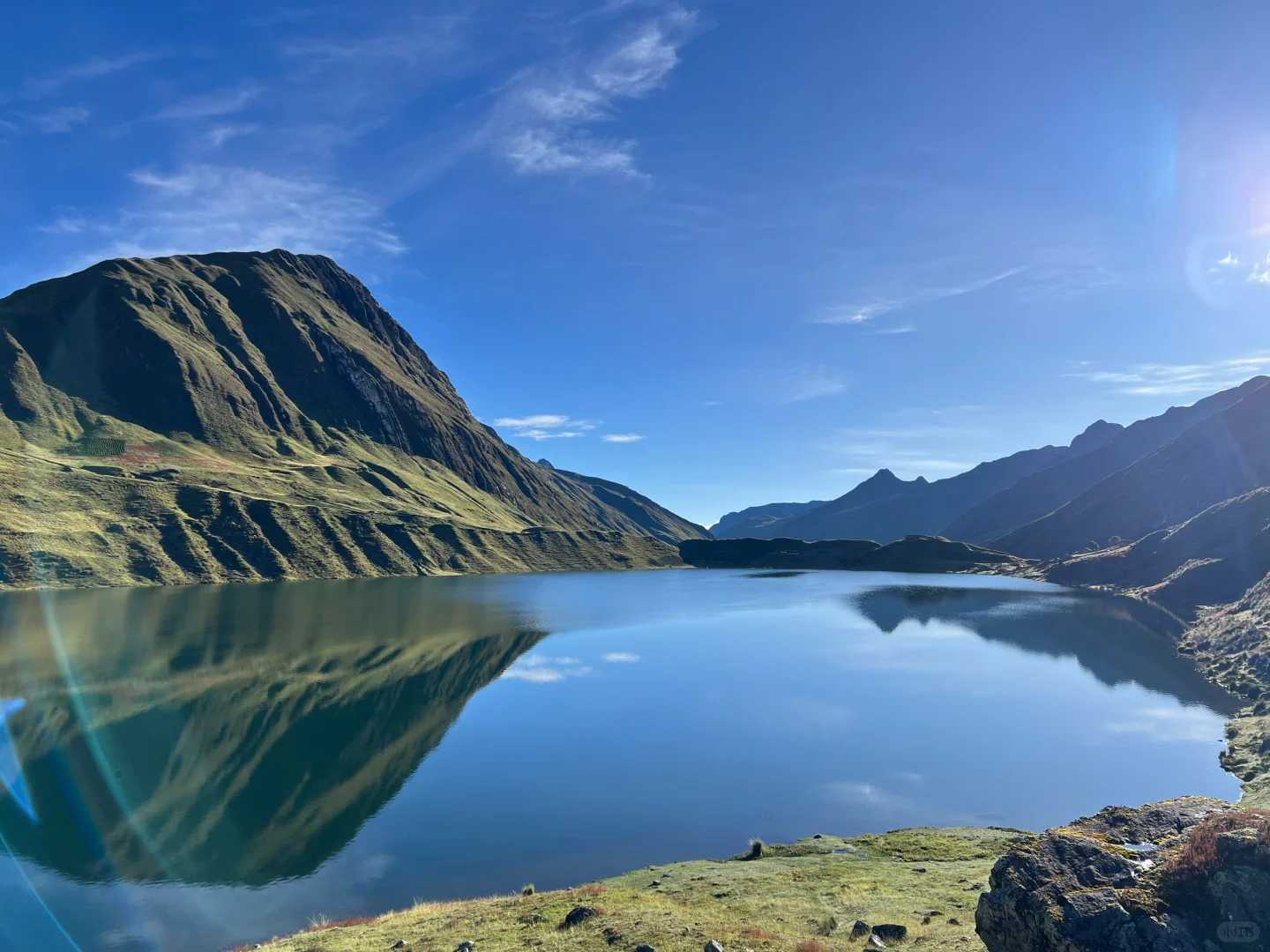
Overview: An 8-day, 7-night adventure covering 110 kilometers, with an average altitude of 4,500 meters. Each day involves crossing passes ranging from 4,700 to 5,100 meters. Every campsite along the way offers breathtaking views.
1. Journey Details: Start with a flight to Lima, then take a bus to Huaraz to join a commercial group.
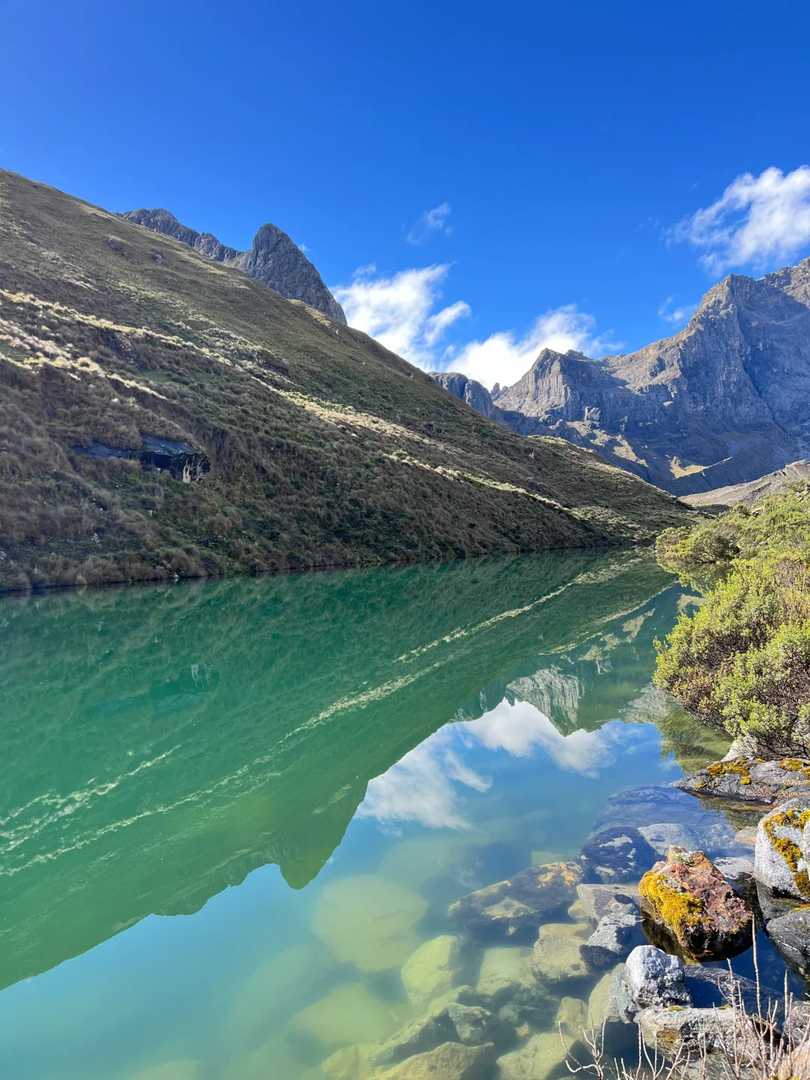
A minibus will drop you off at the village base after a five-hour ride. You can go solo, hire just a guide, rent donkeys, or even ride horses throughout the trail. During the low season (before May), the cost is roughly $450, rising to around $650 during peak times. Larger groups tend to get better rates, though negotiating prices can be challenging.
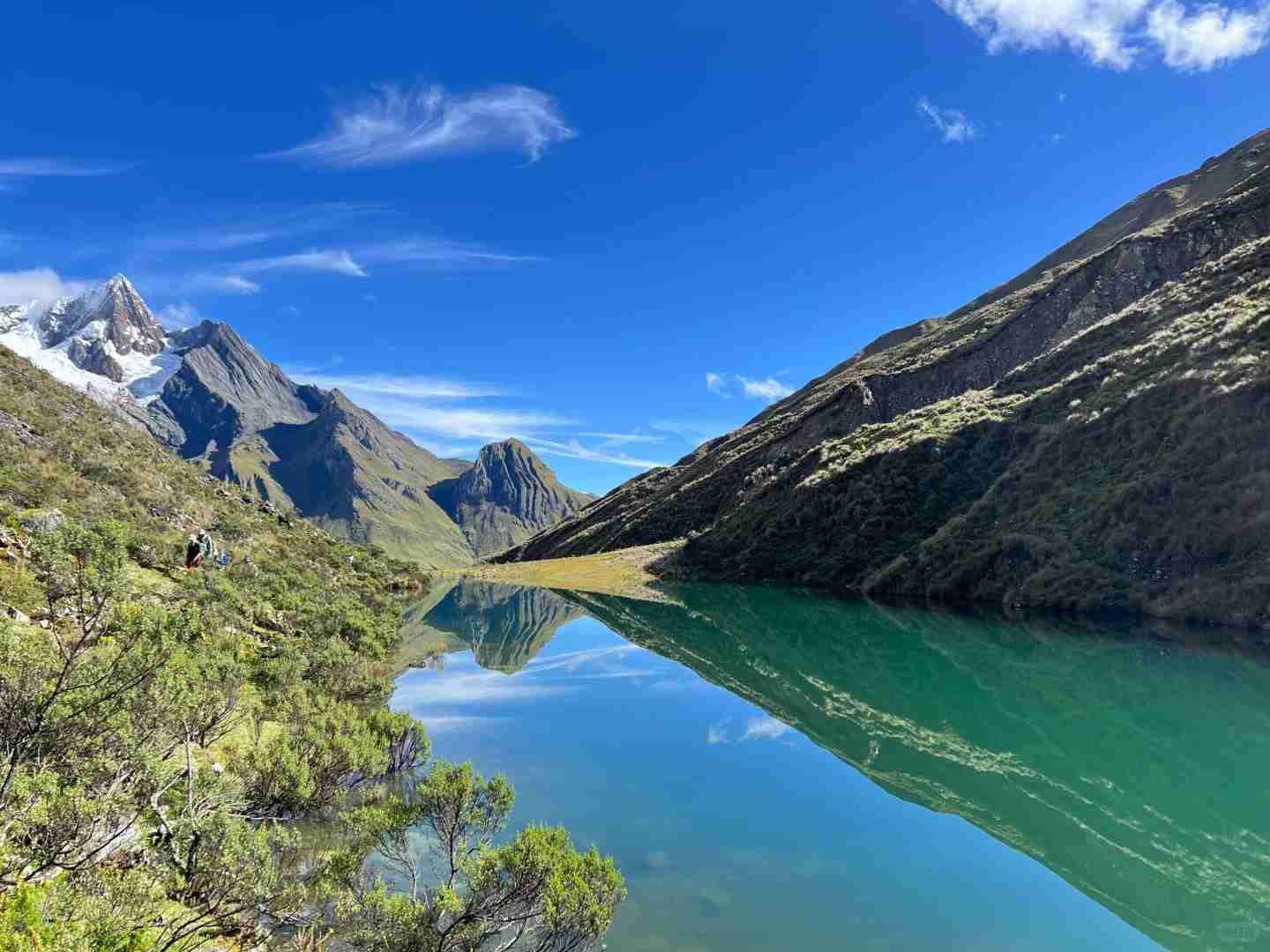
My group set out on April 4th for the third trip of the year during the low season, when tours aren’t offered daily. In contrast, the high season sees almost daily departures. The price includes a 250 sol entrance fee.
2. Weather: Before May, it’s the rainy season, meaning rain is virtually guaranteed every day.
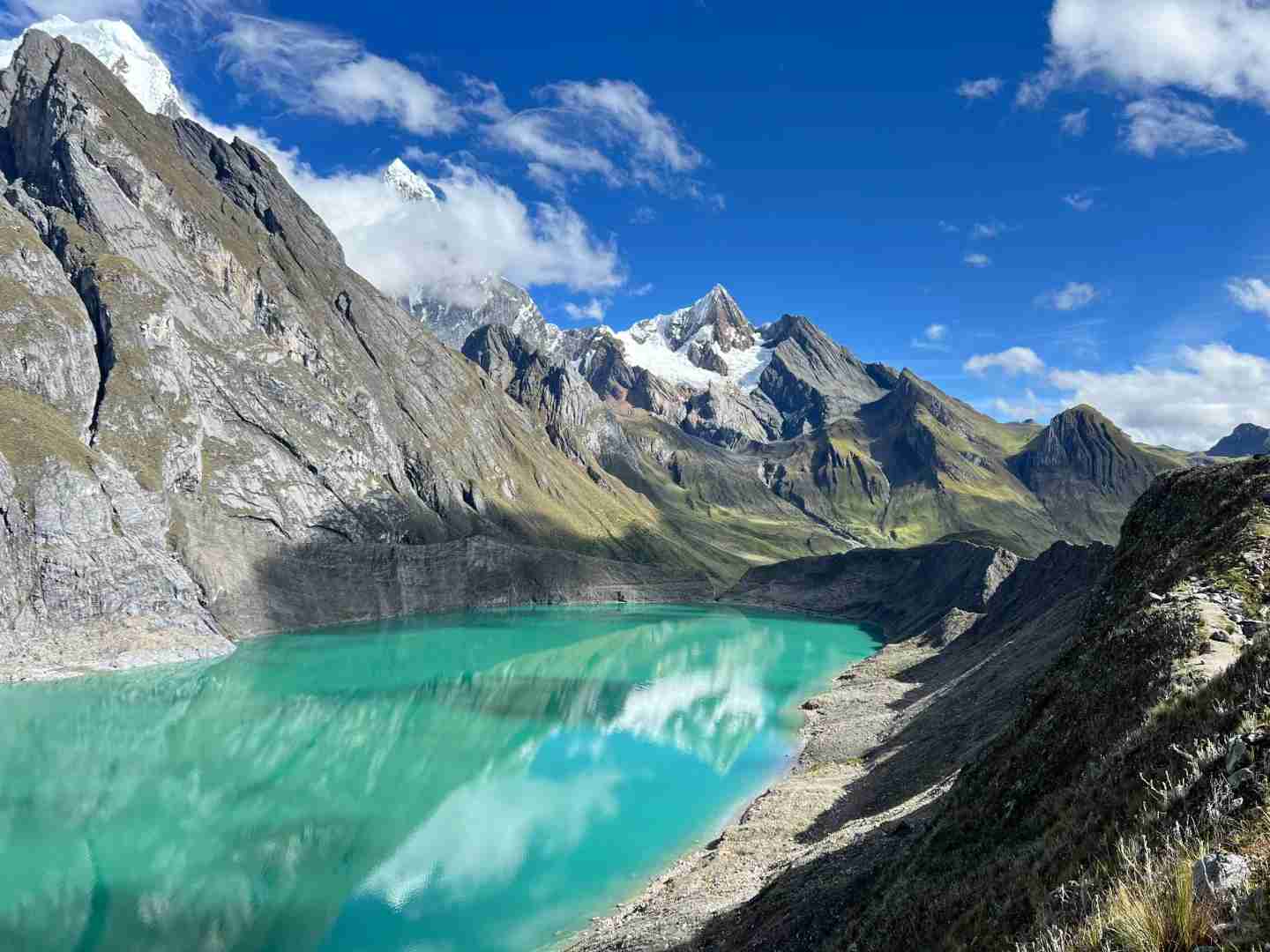
You might find yourself sleeping or waking up under heavy downpours, with fewer chances for clear skies. For optimal conditions, aim for the dry season starting in late April.
3. Preparations: Even in April, which is still summer, nighttime calls for lightweight outdoor jackets paired with compact down vests.
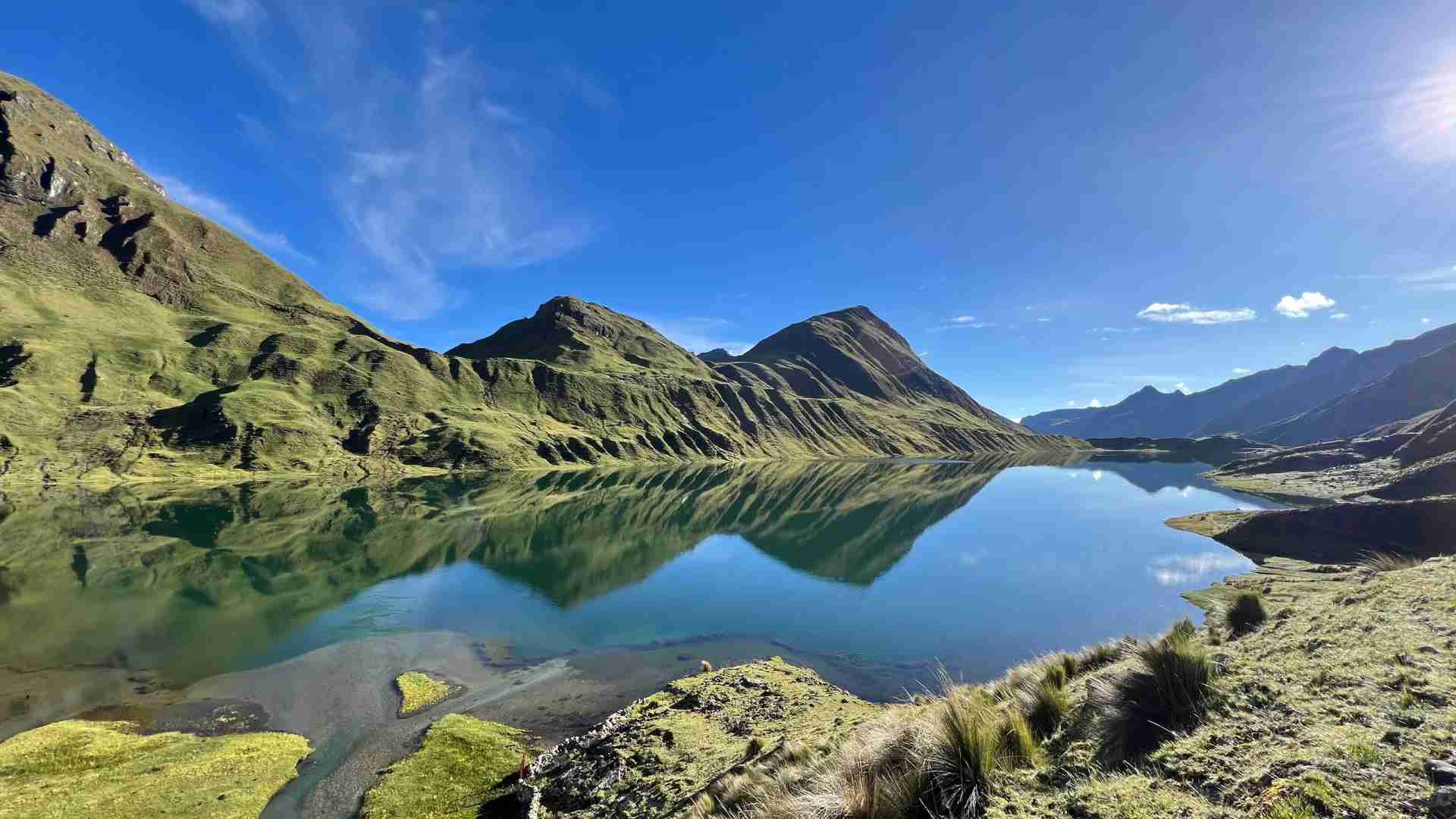
Rain gear is essential during the wet season. Waterproof shoes are a must since much of the terrain consists of mud and marshlands. Earplugs are highly recommended as campsites are often located near rivers. Sunscreen and lip balm are indispensable. There’s only one opportunity to bathe—in a village on the fifth day.
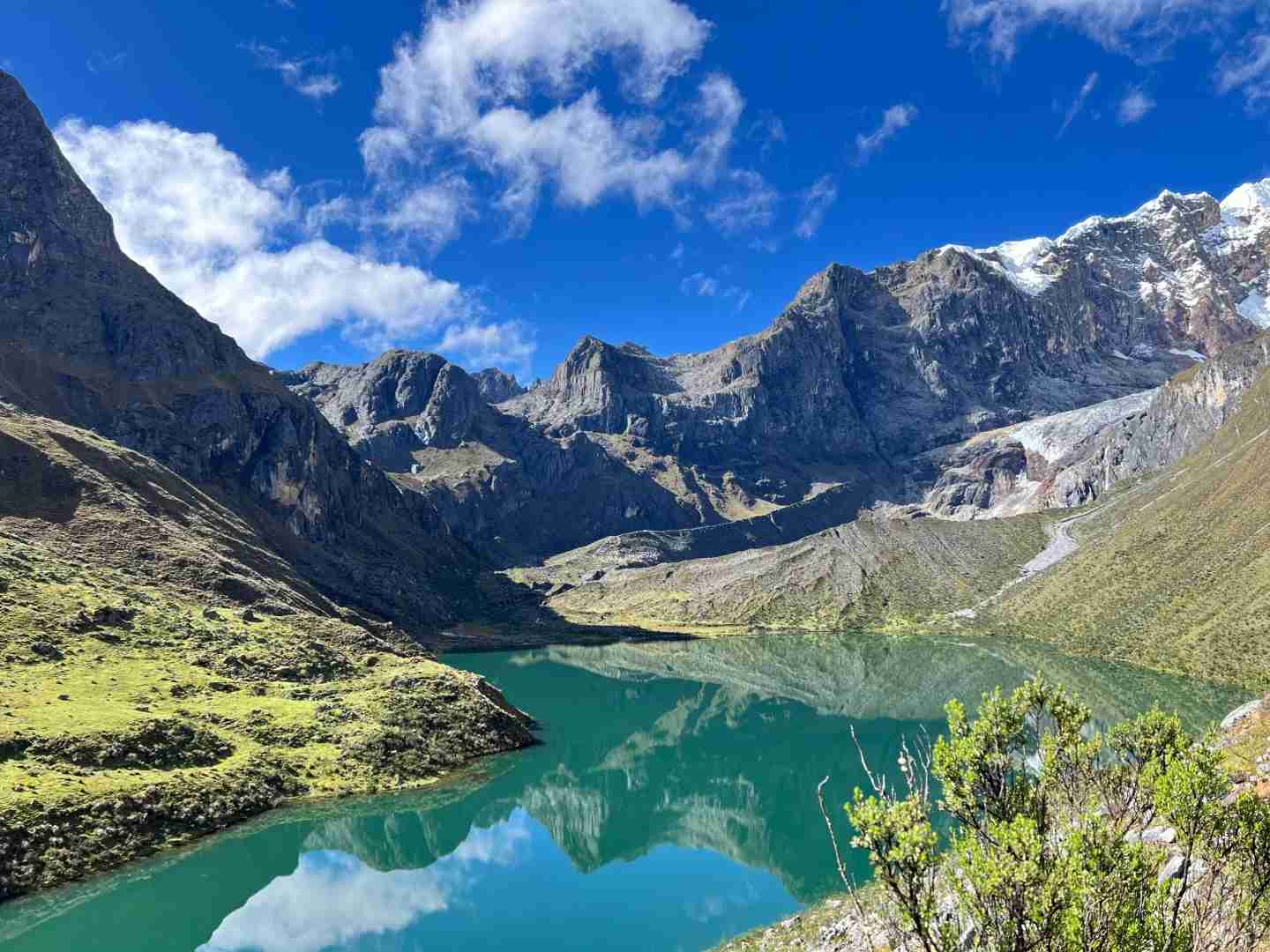
Use a hydration pack and small backpack to carry water, snacks, and clothing for the day; everything else goes on the donkeys. A headlamp is necessary. All camping equipment is provided, including pre-set tents. However, if you prefer cleanliness, bring your own sleeping bag designed for comfort at -15°C.
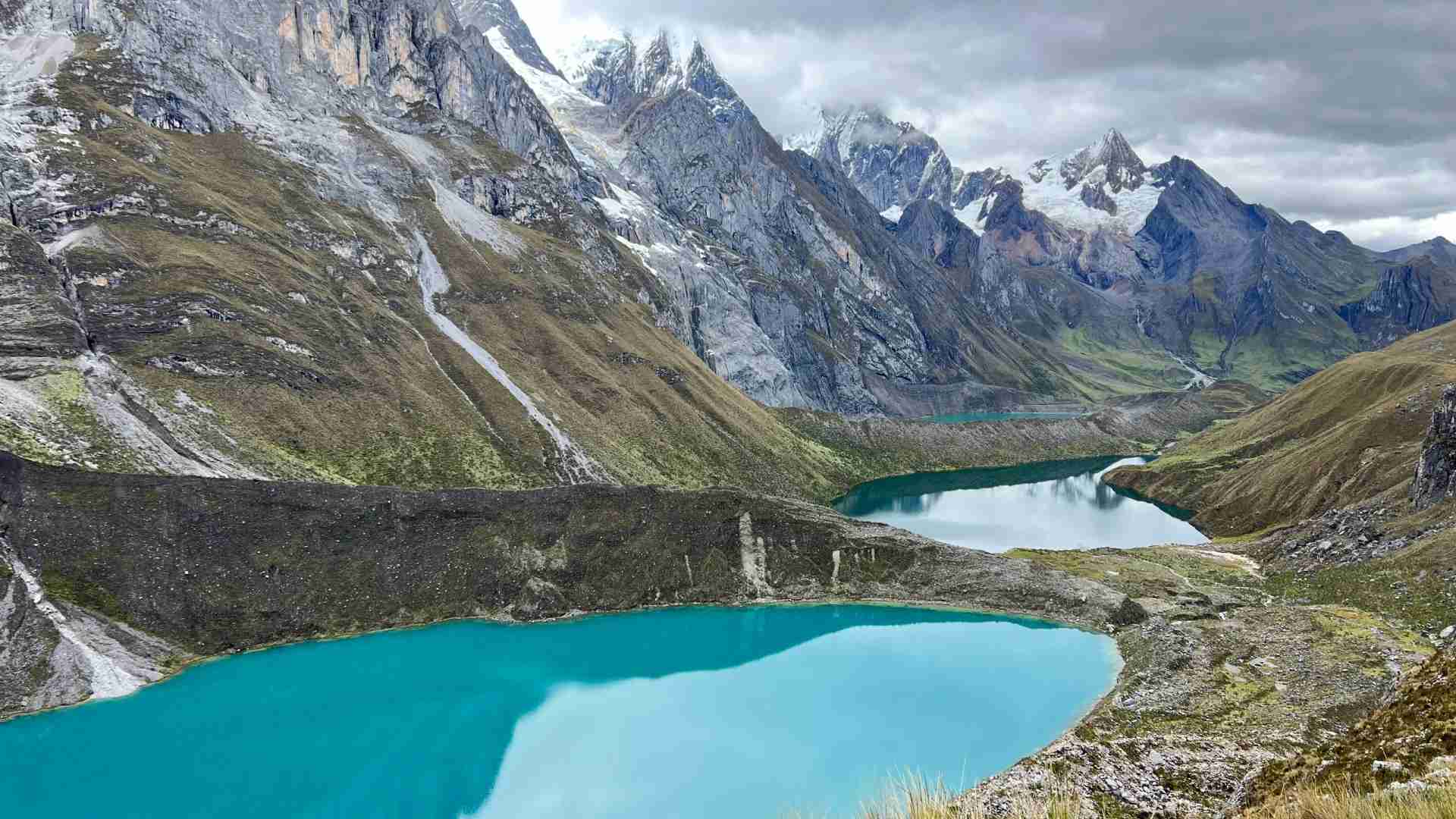
Tents are shared between two people, but single-person options can be arranged upon request.
4. Daily Routine: Wake up in the dark at 5:30 AM, have breakfast at 6, and start hiking by 7. Arrive at the next campsite by early afternoon. Most fellow hikers are foreigners—either young adventurers in their early twenties or seasoned trekkers in their later years.
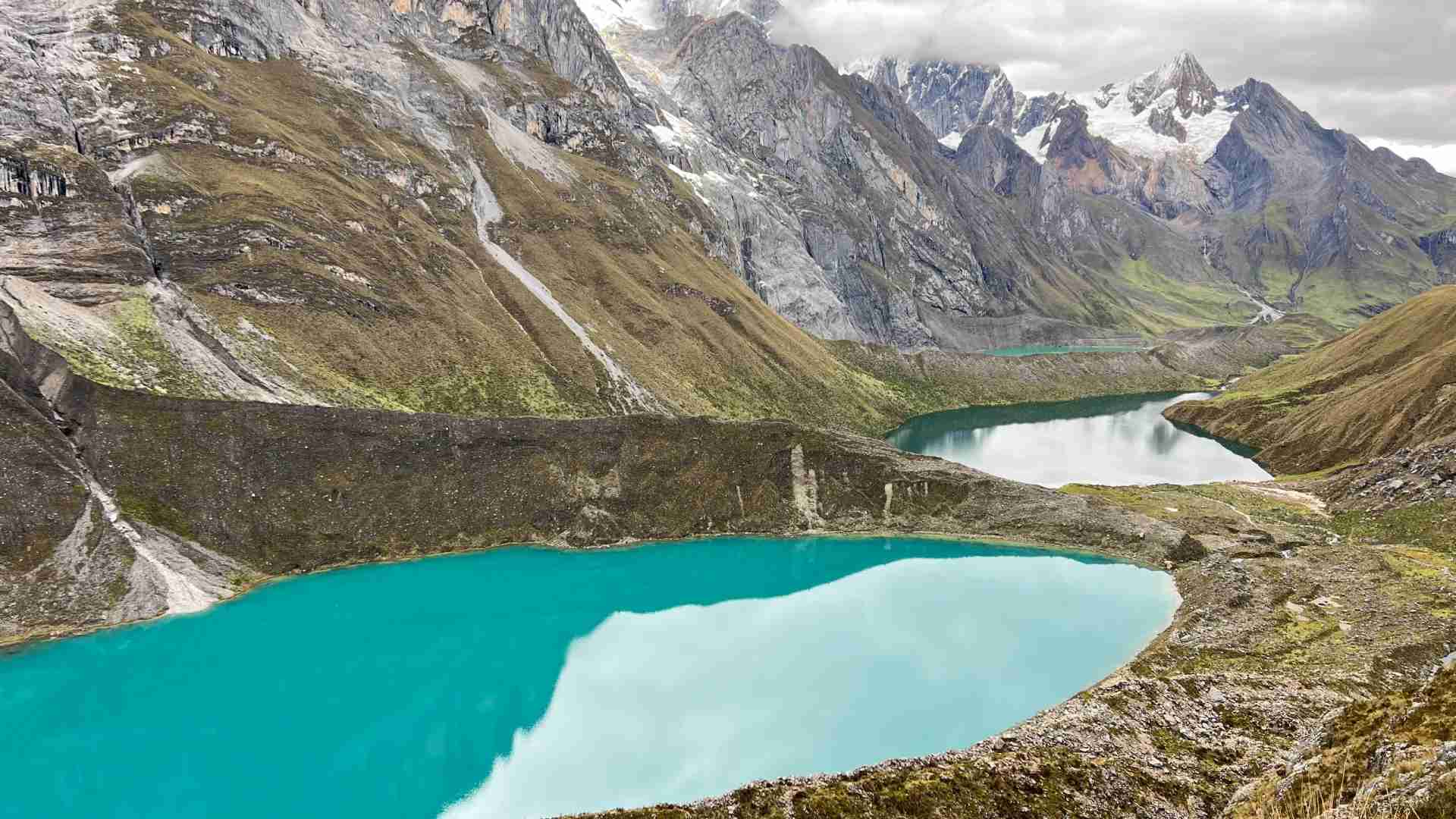
With limited common interests, afternoons at the campsite can feel dull until dinner at 7 PM. According to our guide, among ten groups, there are usually only a couple of Chinese women and no Chinese men.
5. Altitude Sickness: It’s advisable to spend a few days acclimatizing in Huaraz by climbing Lake 69 or other short hikes first.
On my first day, I failed to pace myself properly due to inadequate preparation for altitude sickness. Four people dropped out midway. This trail isn’t suitable for beginners or those with average physical fitness.
6. Meals: Each day features one fruit and two imported chocolate cookies. Breakfast typically includes pancakes and bread with spreads like jam or butter.
Lunch consists of cold meals carried by assistants. Dinner generally offers a soup and a meat dish, though portions are modest. Special dietary needs, such as vegetarianism or food allergies, are accommodated with personalized meals, ensuring variety each day.
Conclusion: If I were to do this again, I’d organize a custom itinerary with a guide and some friends.